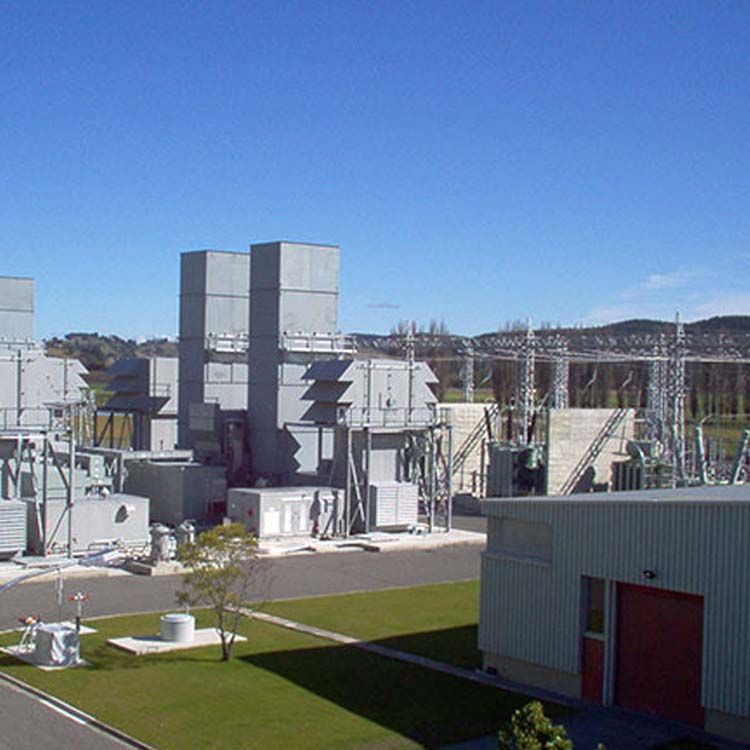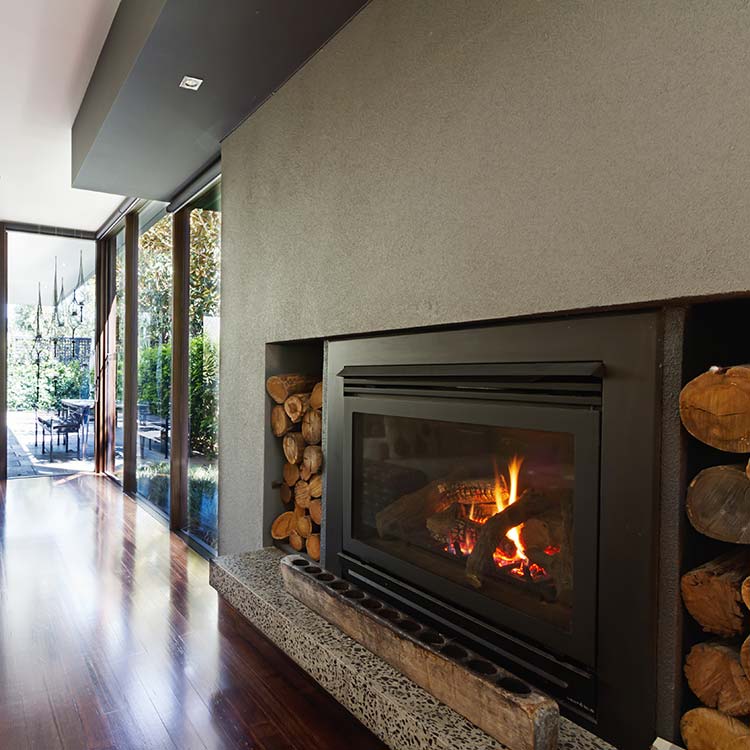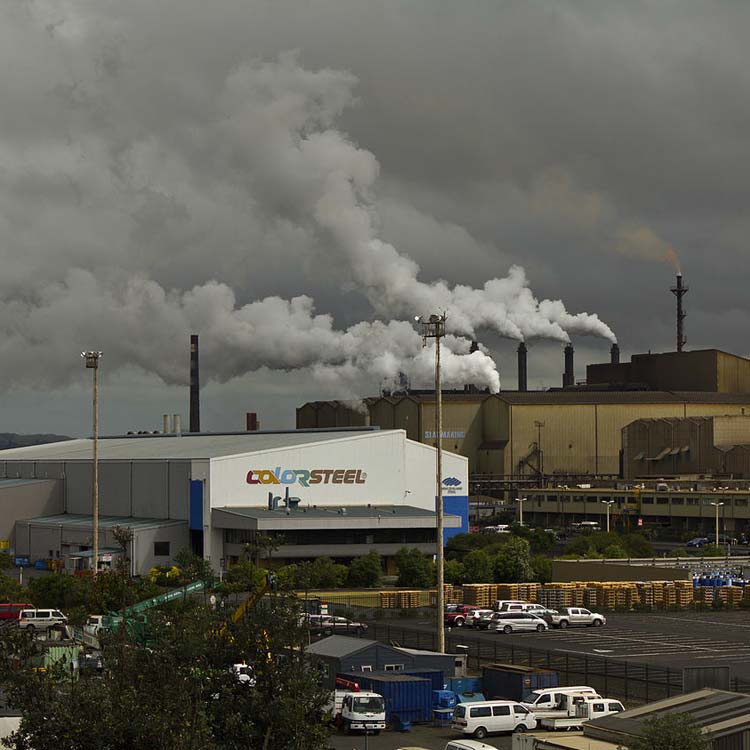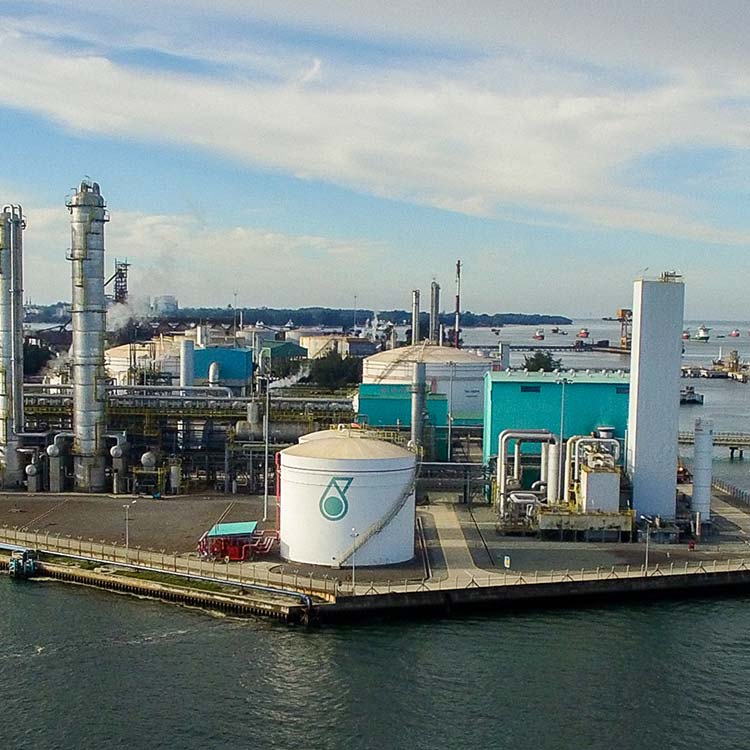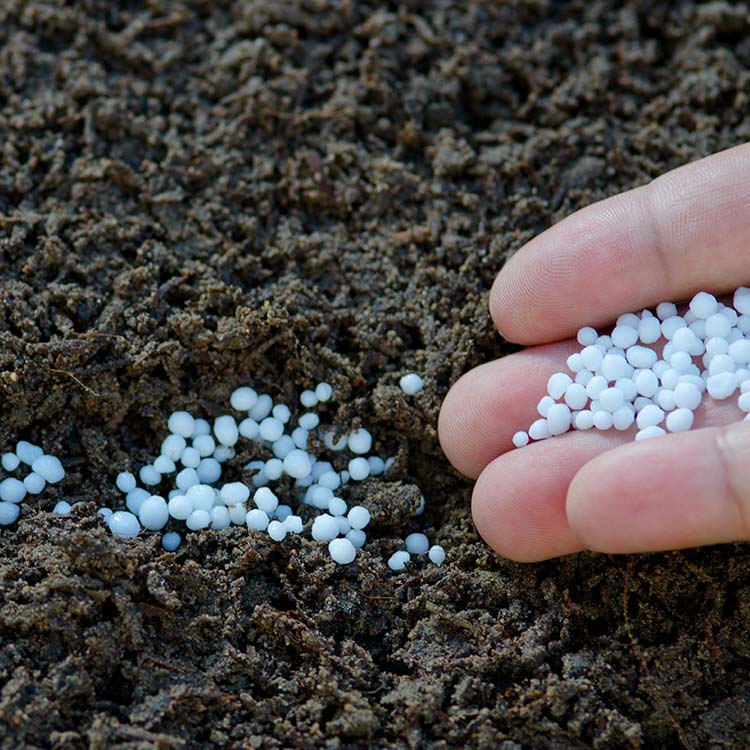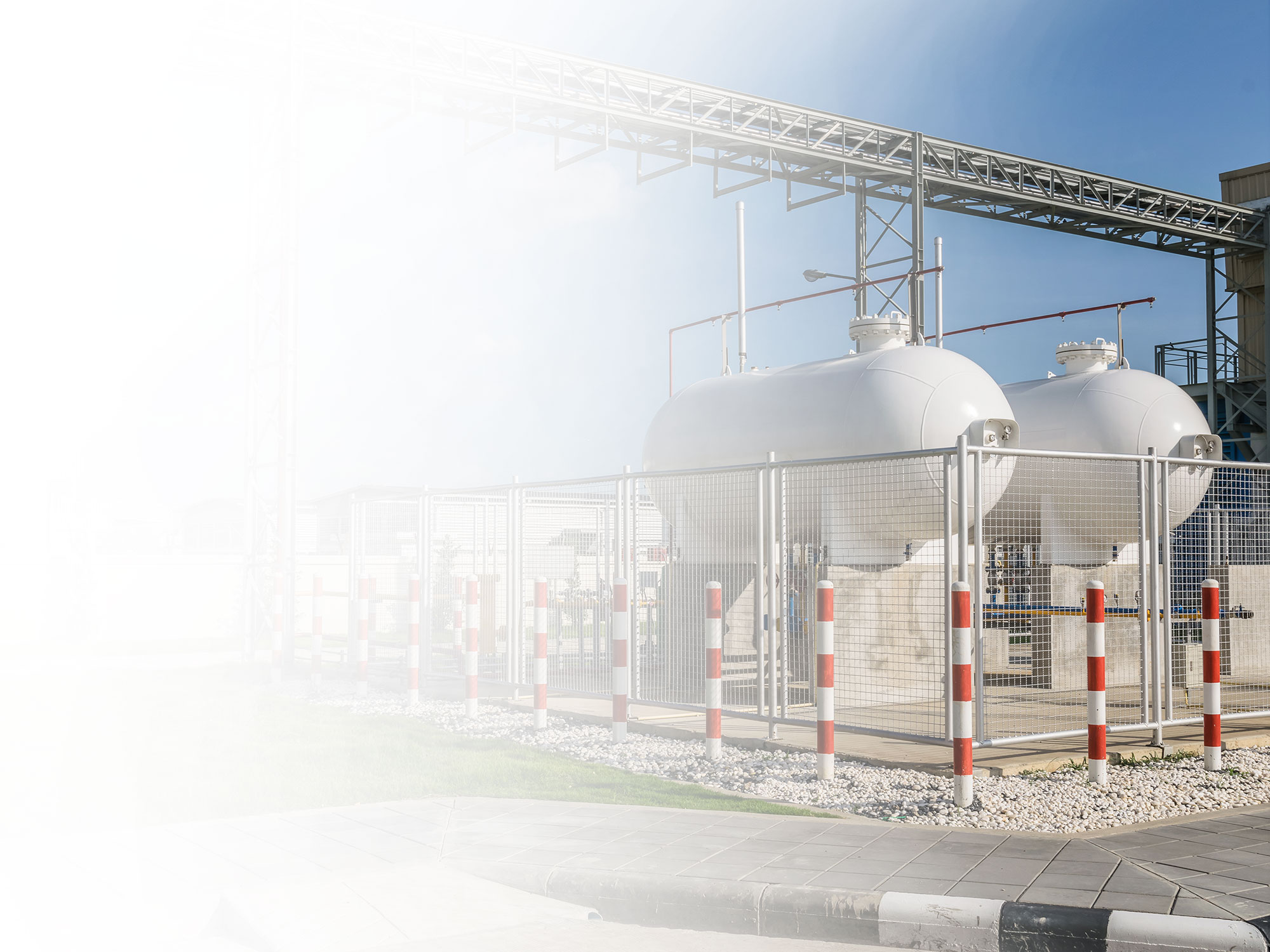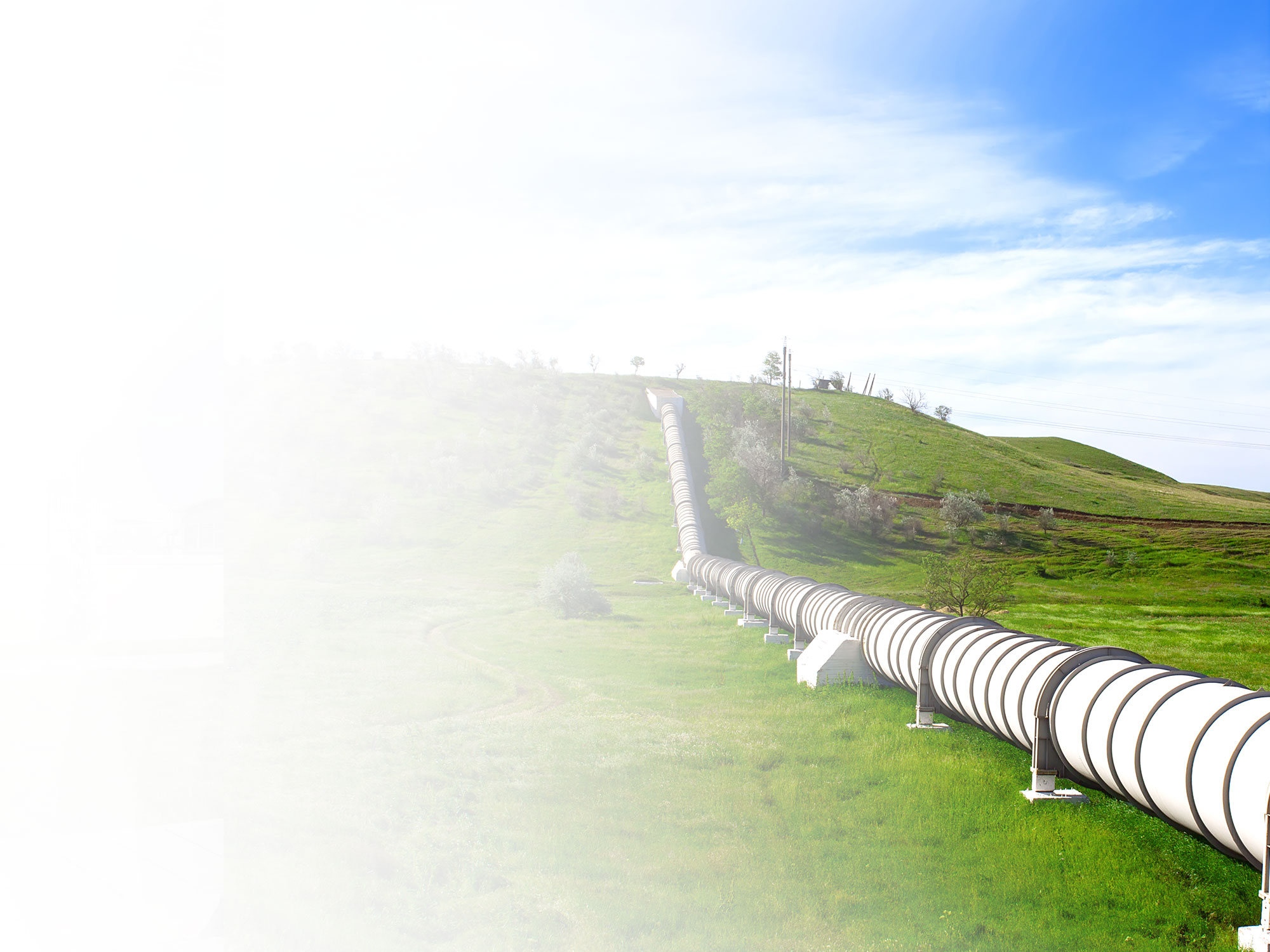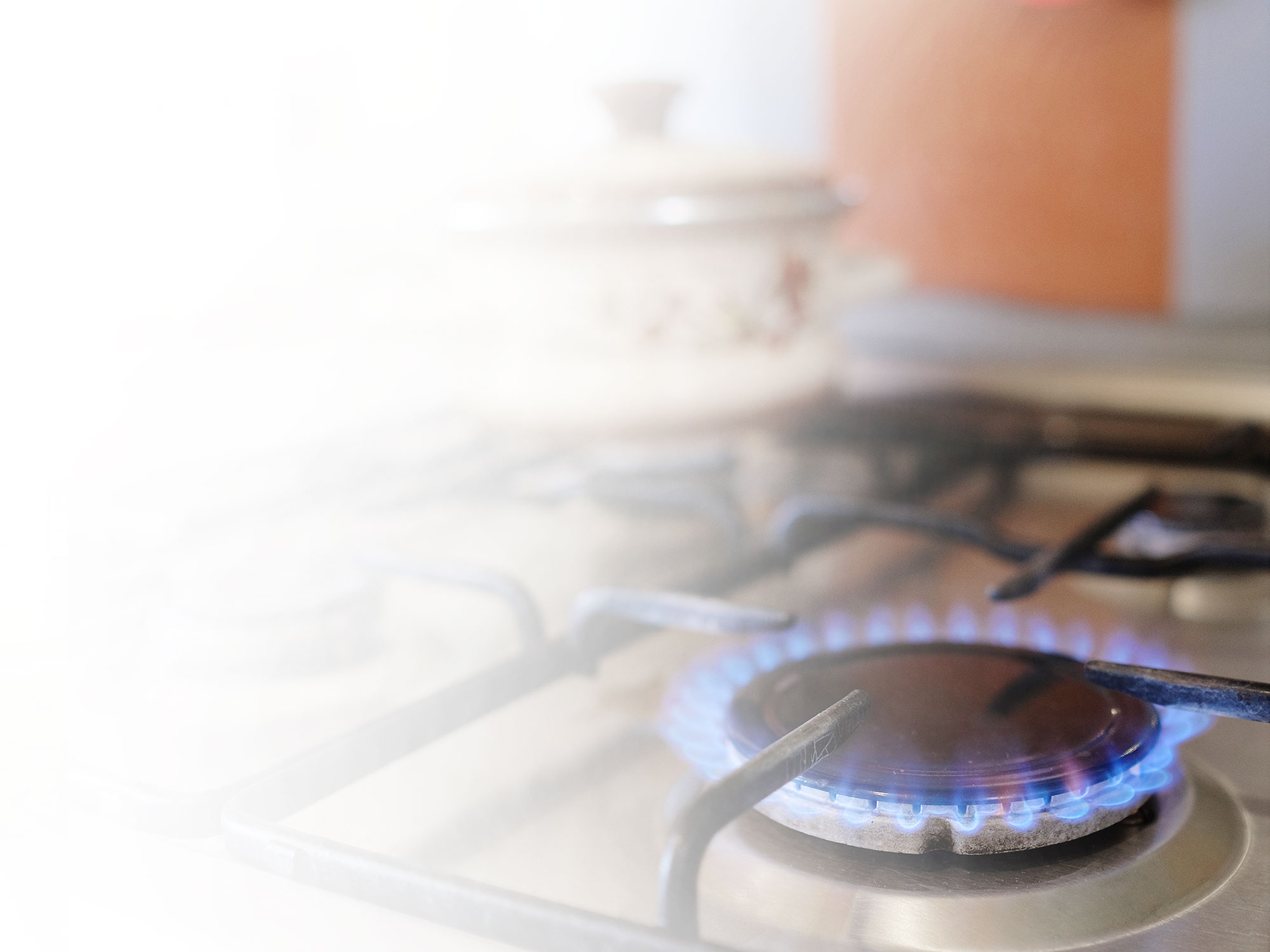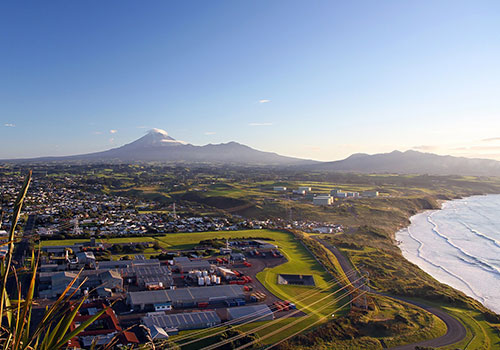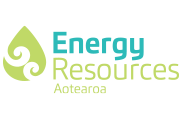Natural Gas
Gas is a crucial transition fuel as we move to a lower carbon future.
- In this section:
New Zealand has a long and fascinating history with gas. Finding the Kapuni and 'giant' Maui fields provided the impetus to develop an extensive gas production and distribution network under the auspicious of 'Think Big'. Today gas provides around 20% of our primary energy supply, emits half as much CO2 as coal, and given it's abundance, makes it an affordable and realistic replacement for coal in power generation.
What do we use gas for?
1
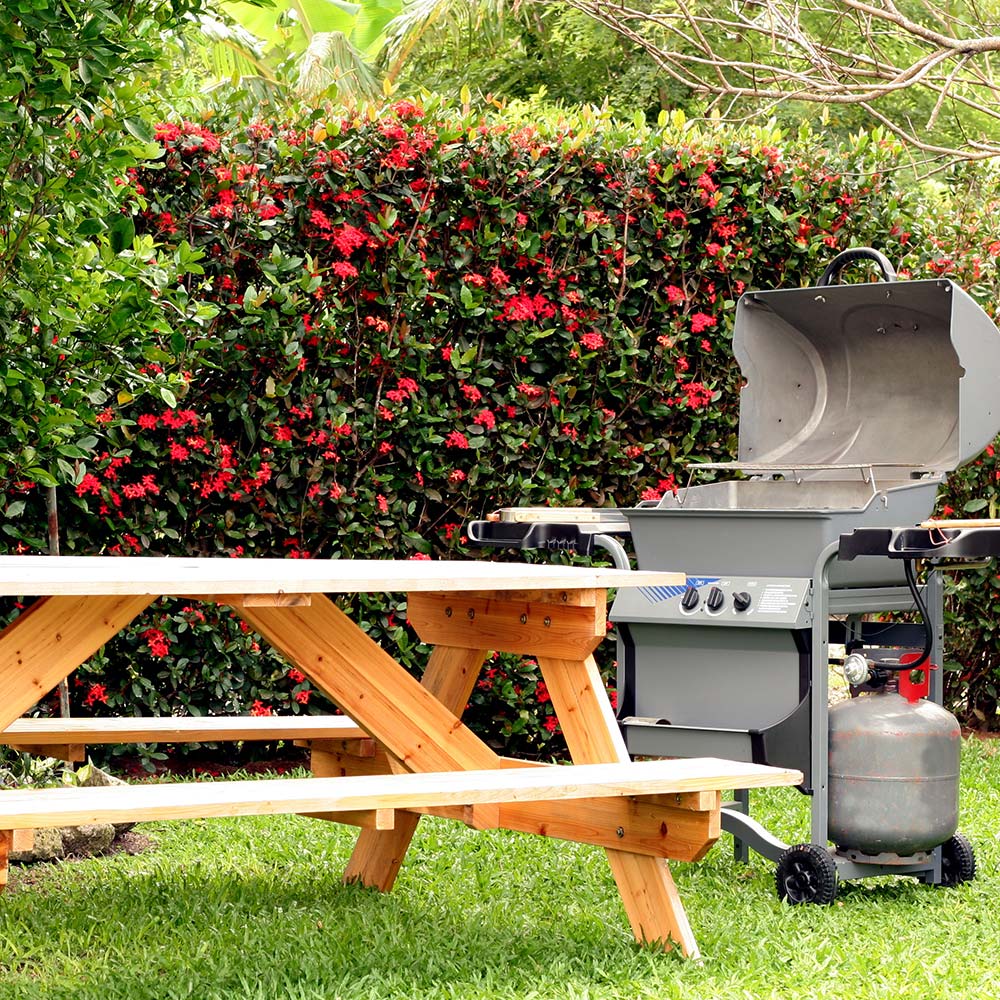
Cook on a
BBQ
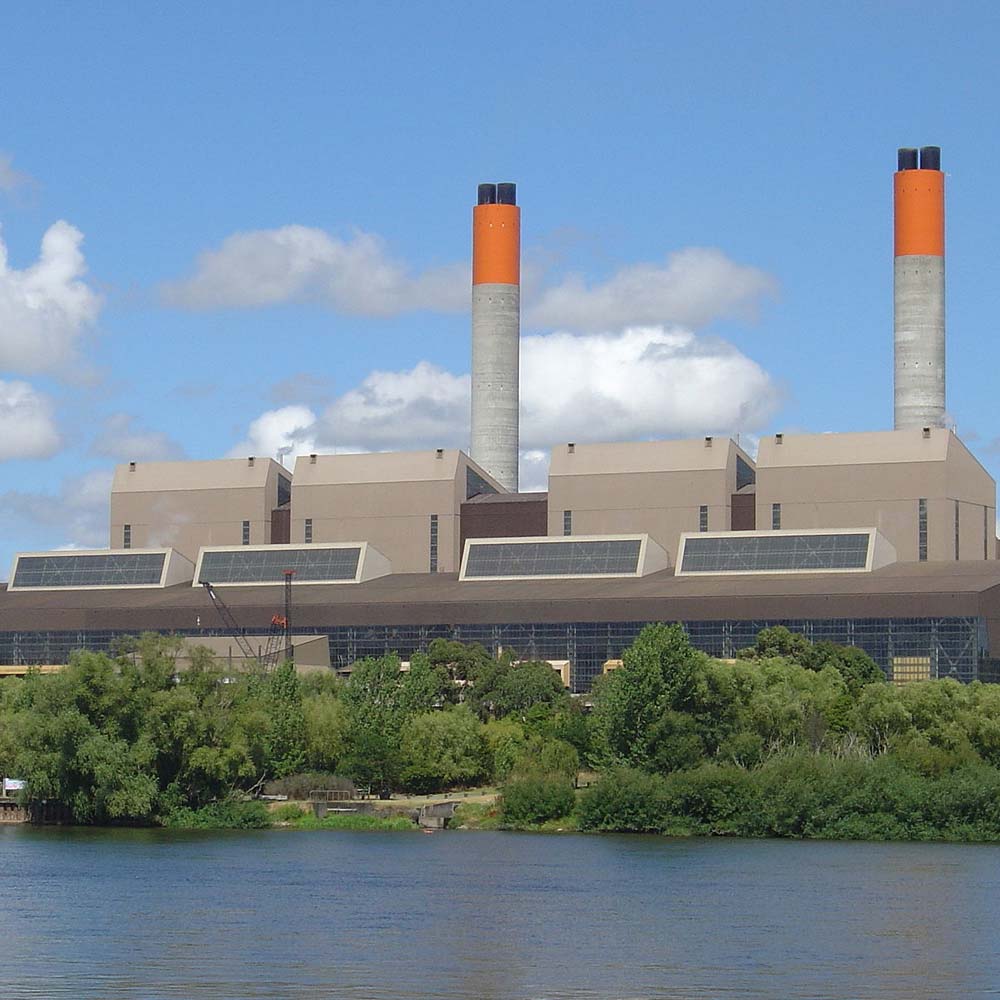
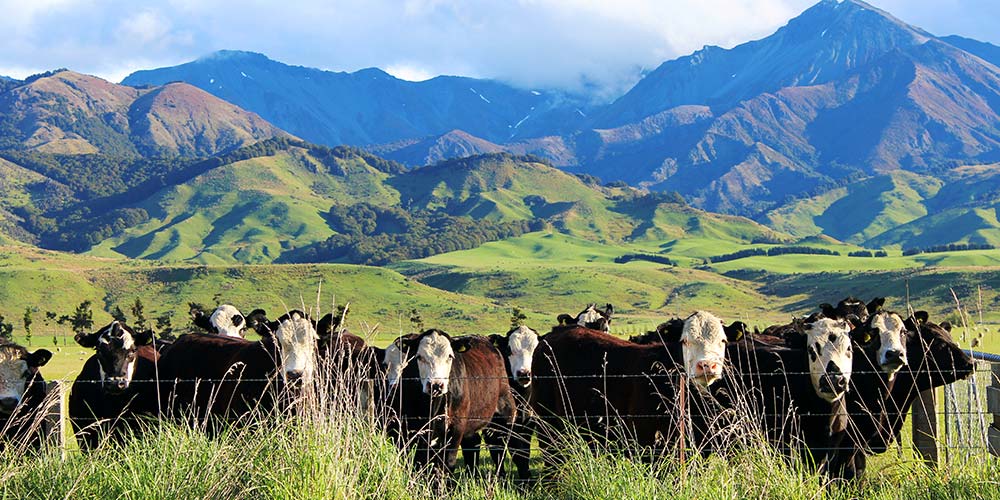
Some interesting facts
2
Gas accounts for almost half the energy used for food processing and a third of the energy used in wood processing, which collectively represent most of New Zealand’s exports.
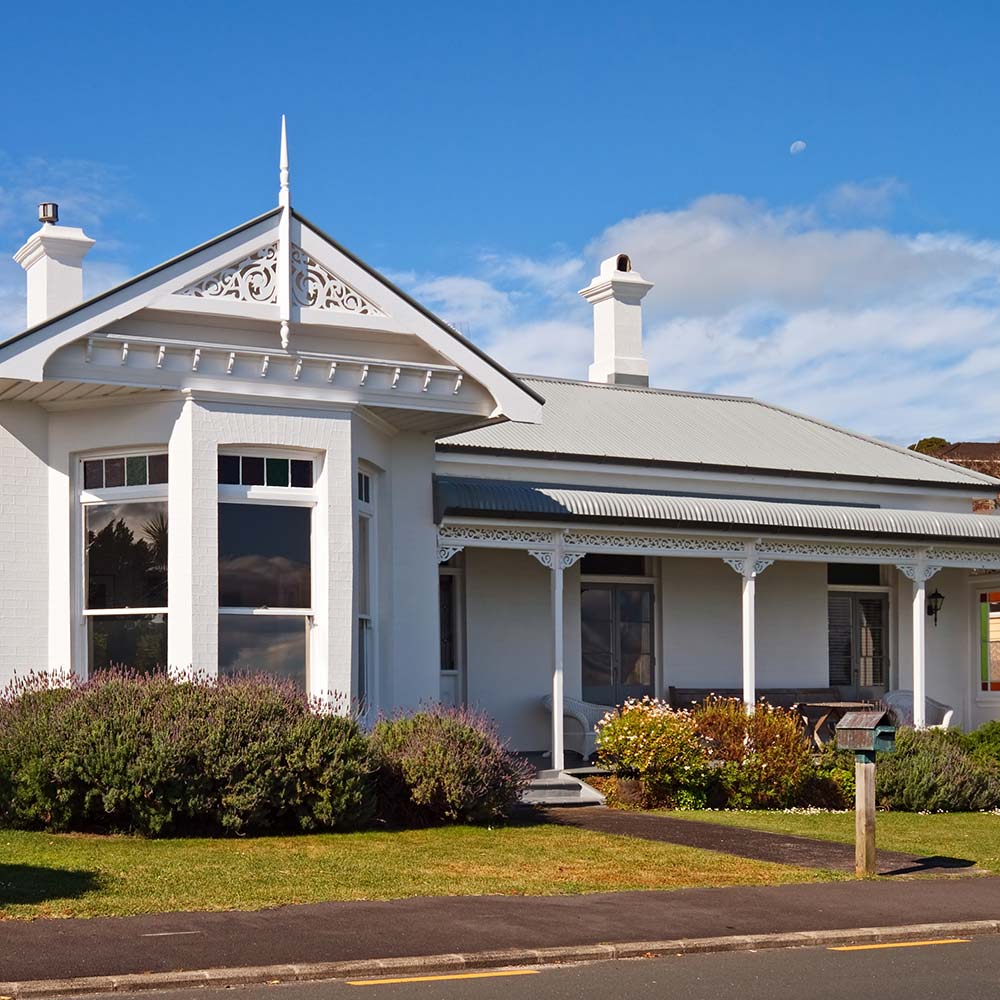
Gas provides
21%
of our primary energy supply
Gas provides
245,000
New Zealand households instant heat, energy & continuous hot water supply.
Gas is used by over
10,000
businesses such as restaurants, hotels, greenhouses & hospitals
Gas underpins
16%
of our electricity generation (2nd only to hydro)
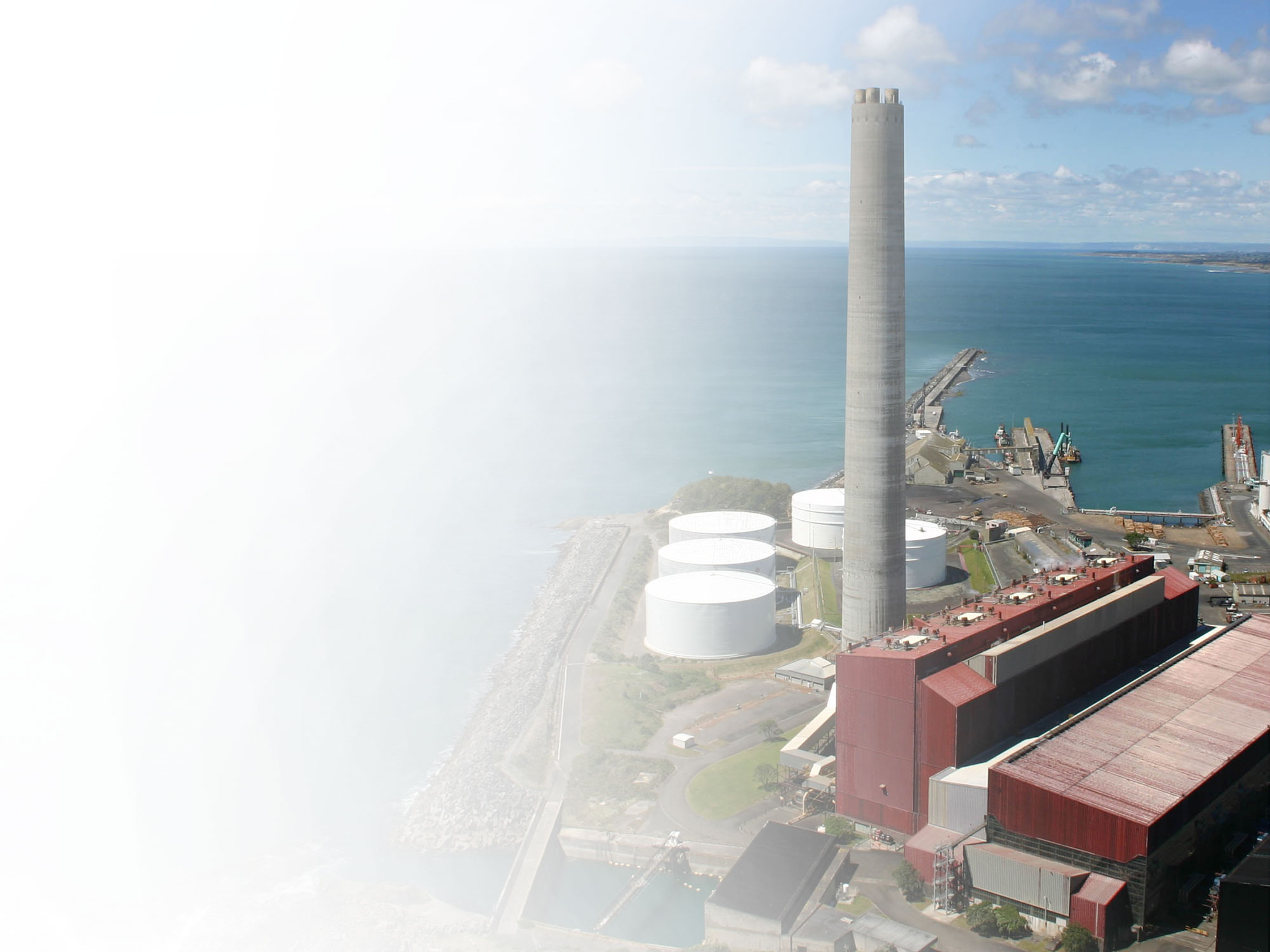
Why a transition fuel?
3
As the world energy system moves to lower emissions, it makes sense to consider natural gas as a responsible energy source that can augment some of the limitations of renewable energy sources.
Natural gas generates the least CO2 of the fossil fuels, but retains all their advantages. Natural gas is instantly available, offseting the intermittency of supply by solar and wind power. It is also relatively affordable, making it a competitive option to replace CO2-heavy coal power stations.
Given rising estimates for global electricity demand and consumption in the coming decades, natural gas is seen as a good source of electricity supply for a number of economic, operational and environmental reasons. It is a low-risk energy (technically and financially) and gas plants can be built relatively quickly in around two years, unlike nuclear facilities, which can take much longer.
Natural gas – our domestic energy
4
All the natural gas that is discovered and produced in New Zealand is consumed locally - either domestically or by commercial users. That said, around a third of our natural gas produced each year is converted to methanol, an exportable industrial alcohol.
Why don’t we export natural gas in its raw state?
Natural gas has traditionally been costly to transport, either through expensive large scale pipelines or liquefied by expensive plants. Only recently have global markets for natural gas begun to open up, and over the next 50 years inter-regional transport of gas is expected to grow significantly. For now the relatively low price of gas, and the high cost of transport, preclude it from being valued as an export commodity from New Zealand.
The Maui years
5
The Maui natural gas field is the largest gas, natural gas condensate and oil field in New Zealand, producing nearly three-quarters of the country's hydrocarbons, as well as providing energy for electricity generation.
It is located in the Tasman Sea, 35 km off the coast of Taranaki and to the southwest of New Plymouth. It covers an area of 157 square kilometres and is located in 110 metres of water
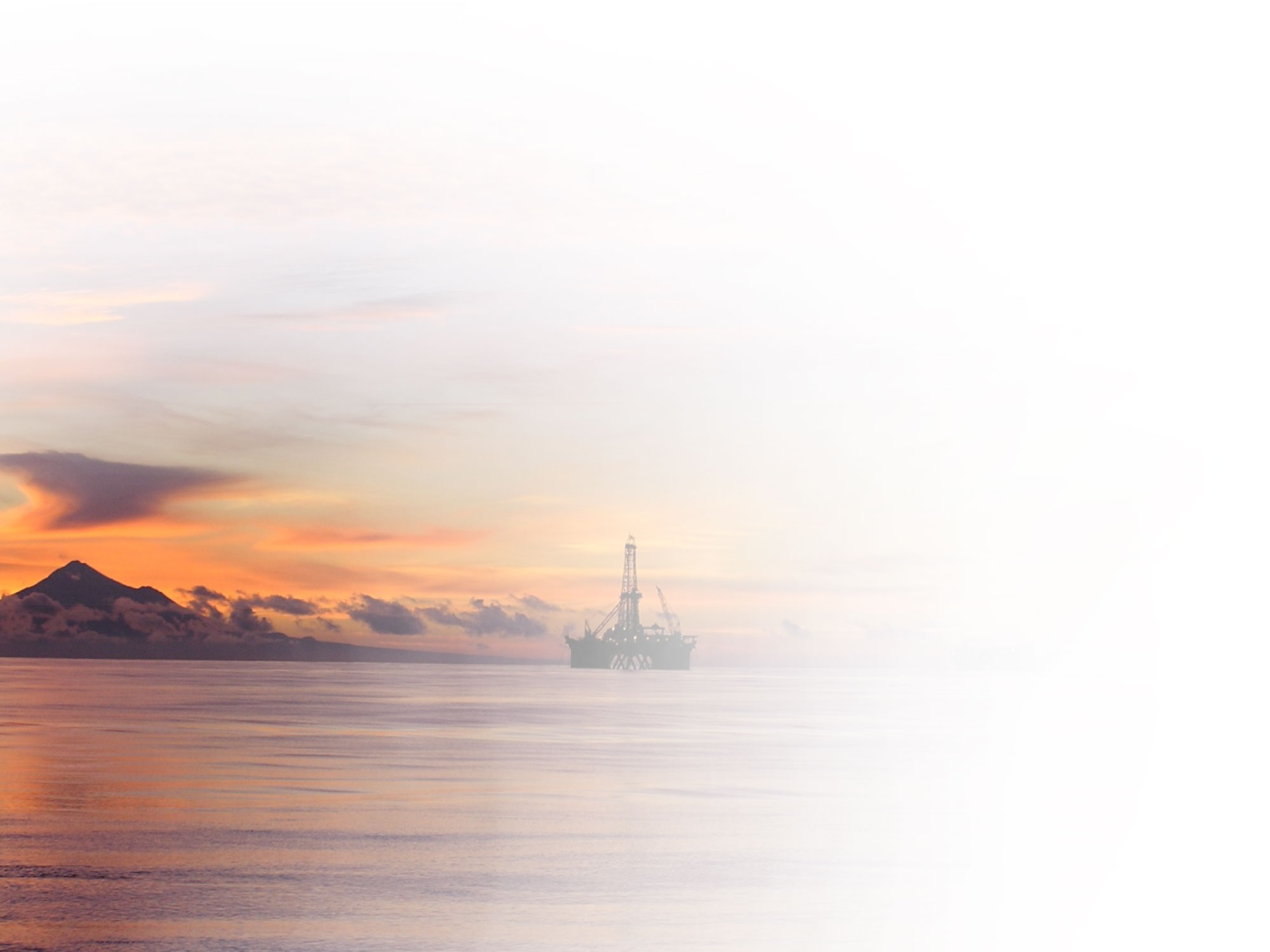
The gas field was discovered in 1969 by a joint venture of Royal Dutch/Shell, British Petroleum and Todd Petroleum.
It was considered a "giant" field at the time of discovery. Government investment led to a government organisation later called Petrocorp taking a 50% interest. This was later bought out by Fletcher Challenge Energy. By the end of the Maui gas contract in 2009, the Maui Mining Companies were made up of Shell (83.75%), OMV New Zealand (10%), and Todd Energy (6.25%).
Two platforms operate in the field: full production from Maui A began in 1979; Maui B was installed 13 years later. Much of the gas from Maui was used to supply the Motunui synthetic petrol plant from 1986 until it ceased operation in 2004. An onshore naphtha refining plant was installed in 1999. The floating production storage and offloading vessel Whakaaropai was installed as part of the final development phases in 1996, for the production of oil from Maui B. It was sold in 2005 when the recoverable oil reserves had been exhausted.
Gas is piped to power stations for electricity generation in Taranaki, Huntly and Auckland. Electricity production from the gas grew steadily from the 1970s, with it providing 30% of New Zealand's electricity in 2002. Production declined in the 2000s as the gas was depleted, providing just 16% of the country's electricity in 2005. The gas is also distributed through high-pressure pipelines for industrial and domestic use around the North Island. This used 30% of the gas produced in 2005.
In 2005, the Maui fields oil reserves were estimated to be 92% depleted, and the Maui field gas reserves were estimated to be 91% depleted. In 2014, the New Zealand government revised its published estimates of natural gas reserves.
Some issues with gas
6
While utilising gas makes good energy sense, there are some issues worth considering.
Natural gas and energy security
7
One of the economic advantages for natural gas in New Zealand is that it's locally sourced. That brings an element of security of supply to our energy. Many nations are net importers of energy, and that leaves them exposed to an international supply chain that can be buffeted by international events - like political instability and conflict. New Zealand’s energy self-sufficiency in 2020 was 75 percent, with oil contributing 34 percent of all primary energy supply, and gas a further 20 percent.
The Methanol/Methanex story
8
Methanol is a clear liquid hydrocarbon produced primarily from natural gas. It is rich in hydrogen, water soluble and readily bio-degradable, and used in the manufacture of a variety of everyday products such as paint, DVDs, polyester and nylon in carpets and furniture. Methanol is also being increasingly used in cleantech products, such as bio-diesel.
Methanex New Zealand is the nation’s only methanol manufacturer, and operates two facilities in Taranaki at Motunui and the Waitara Valley. Methanex plays an important role by providing oil and gas producers with a local market for their indigenous gas, and as such contributes to the overall investment attractiveness of the New Zealand market. Taranaki’s methanol plants had their beginnings in the late 1970’s and early 1980’s when the government, under Prime Minister Robert Muldoon, initiated Think Big.
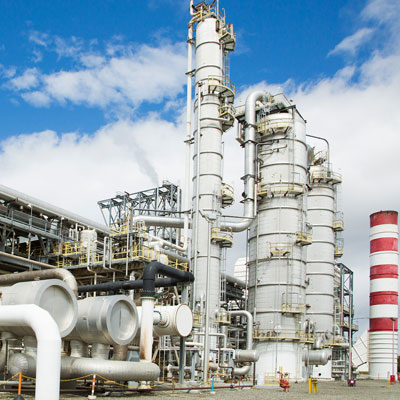
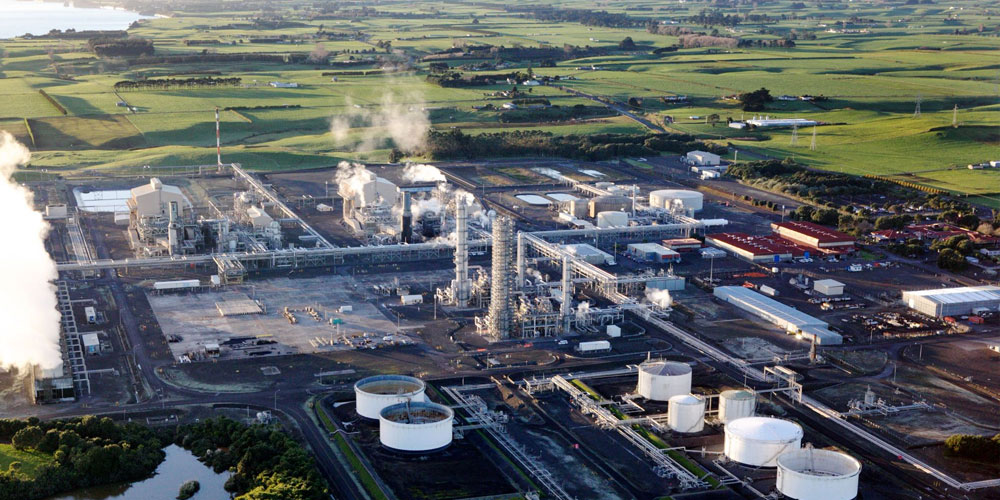
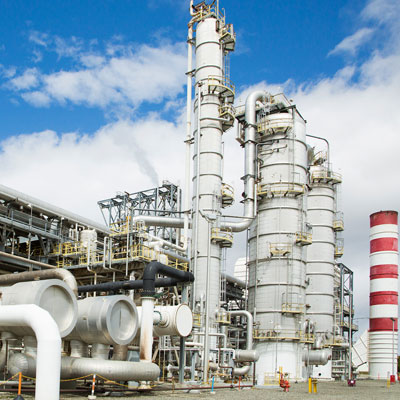
In the face of a global oil crisis, the substantial natural gas reserves off the Taranaki coast were seen as a means of making New Zealand more self-sufficient in transport fuels. Think Big projects included the development of a methanol plant at Waitara and a synthetic–petrol plant at Motunui. During construction over 2000 workers were employed, and production peaks saw more than 400 employees on site. However, making synthetic petrol proved uneconomic when the crude oil price dropped, and Motunui was subsequently sold to Fletcher Challenge who later on-sold it to Canadian headquartered Methanex. The company constructed distillation units at the facility, shifting output from synthetic petrol to methanol production.

